24 dangerous places for tourists in Iceland mapped out
One of Iceland's most famous tourist spots, the Jökulsár glacial lagoon which is visited by thousands of tourists each year. It's now also listed as a risky place to visit. This winter tourists were spotted jumping between icebergs, a most dangerous activity. Mbl.is/ Einar Falur Ingólfsson
An announcement from the Ministry of Industry and Innovation states that 24 popular tourists spots in Iceland are considered dangerous. Safety improvement on these sites will be conducted this year.
At a meeting on Wednesday, the Icelandic government accepted a proposal from the newly formed Tourism Tasked Force regarding urgent action that needs to be undertaken in the year 2016 to improve the safety of tourists and the general public.
The 24 tourist spots are as follows:
Arnarstapi, Dettifoss, Djúpalónssandur, Dyrhólaey, Geysir, Goðafoss, Grjótagjá and Stjóragjá, Gullfoss, Gunnuhver, Fjaðrárgljúfur, Jökulsárlón, Ketubjörg, Kolugljúfur, Krísuvíkurbjarg, Látrabjarg, Námaskarð/Leirhnjúkur, Reykjadalur, Reynisfjara, Seljalandsfoss, Seltún, Skógafoss, Sólheimajökull, Svínafellsjökull and Víti/Askja/Drekagil.
The announcement specifies that the above places are not all owned or managed by the state which means that the next steps will be undertaking discussions with the appropriate landowners. The new agreement also calls for park rangers to work in these places and for increased police surveillance in the highlands, in South Iceland, in North East Iceland and South East Iceland.
"The aim is to increase travel safety both on highways and on tourist trails. "Increased information, surveillance and safety precautions will prevent accidents and we will be strengthening the highland watch of Landsbjörg, the association of rescue teams in Iceland, increase the number of Safe Travel informaiton screens, place an information screen at Keflavik International Airport and improve and reprint information for rental cars."
The accompanying photographs feature some of the 24 dangerous tourist sites specified in the announcement.
Reynisfjara beach in South Iceland claimed the life of one tourist this winter. There are very dangerous ocean currents at the beach with random waves that can drag people out to sea. Rax / Ragnar Axelsson
This tourist was spotted last year jumping around rocks next to Iceland's most powerful waterfall, the terrifying Dettifoss. Photo/mbl.is
Gullfoss, Iceland's best known waterfall forms part of the Golden Circle with the Geysir hot spring. Here you can see tourists a little too close for comfort to the thundering falls. Mbl.is/ Eggert Jóhannesson
The incredible Víti is a crater filled with warm geothermal water in the highlands, only reachable after a lenghy hike. There are no park rangers in the area and tourists enter the water at their own risk. Rax / Ragnar Axelsson
The lovely Seljalandsfoss is a popular spot to visit but should be treated with care as the site is also a risky one. Mbl.is/ Eggert Jóhannesson
The geothermal area of Námaskarð in North Iceland is a place where you really have to watch your step. Mbl.is/ Brynjar Gauti

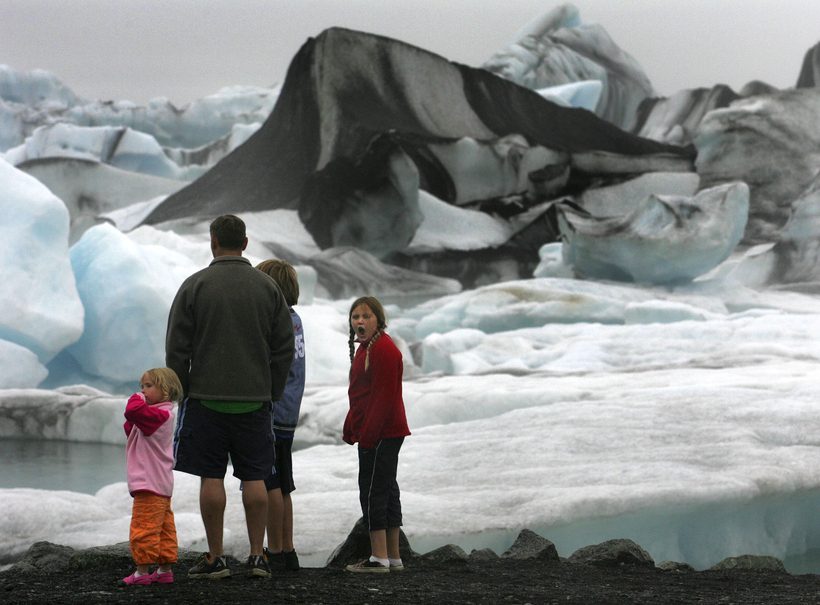
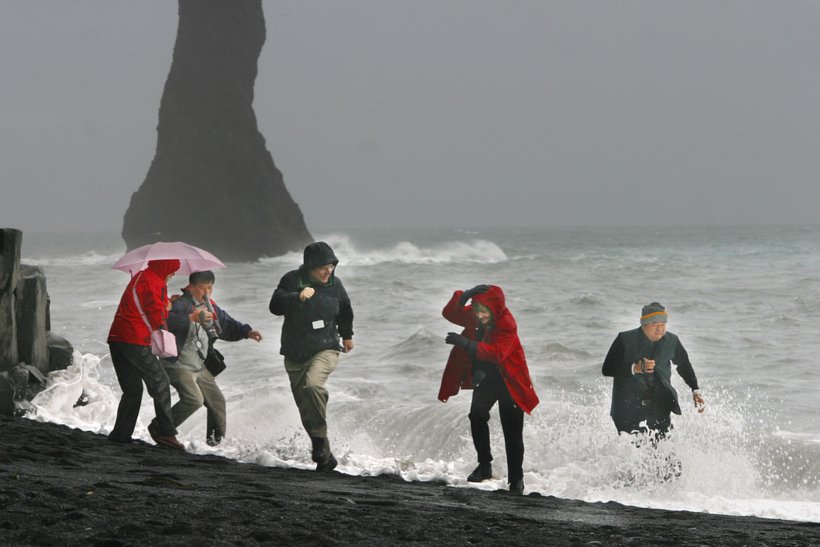

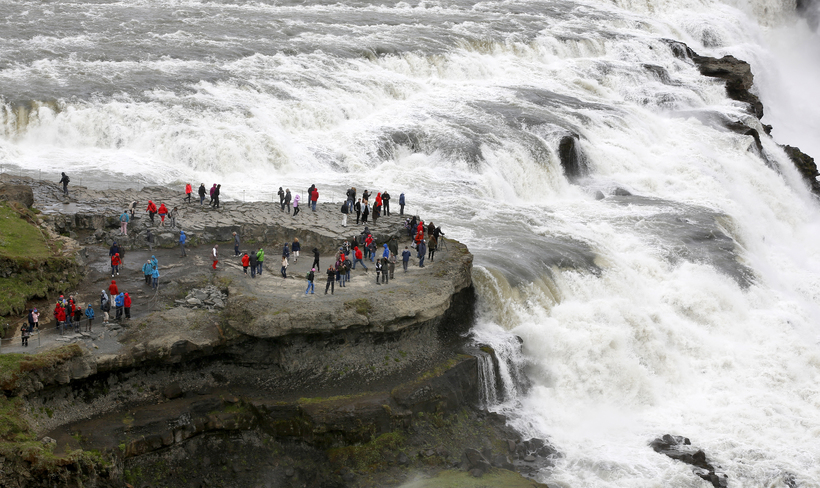
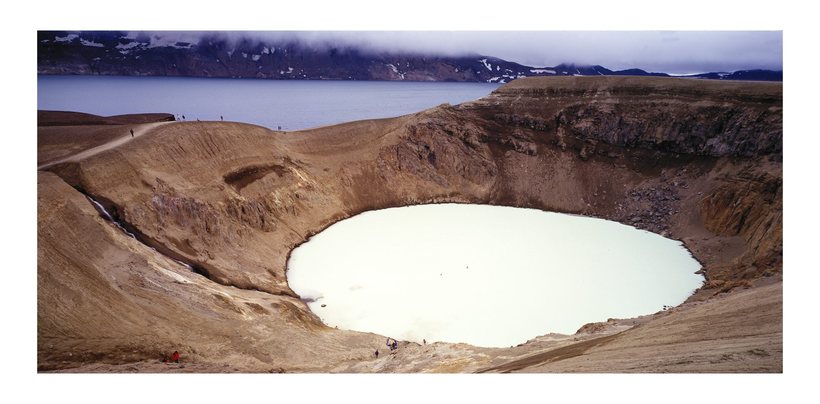
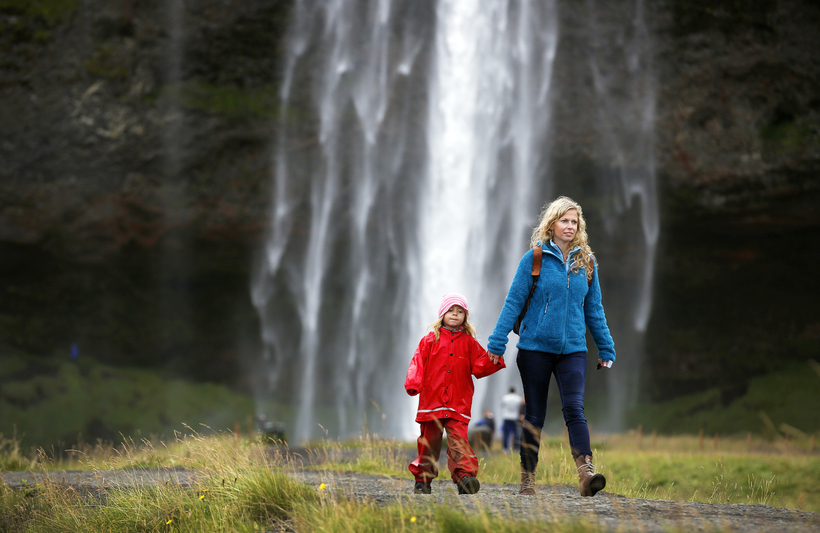
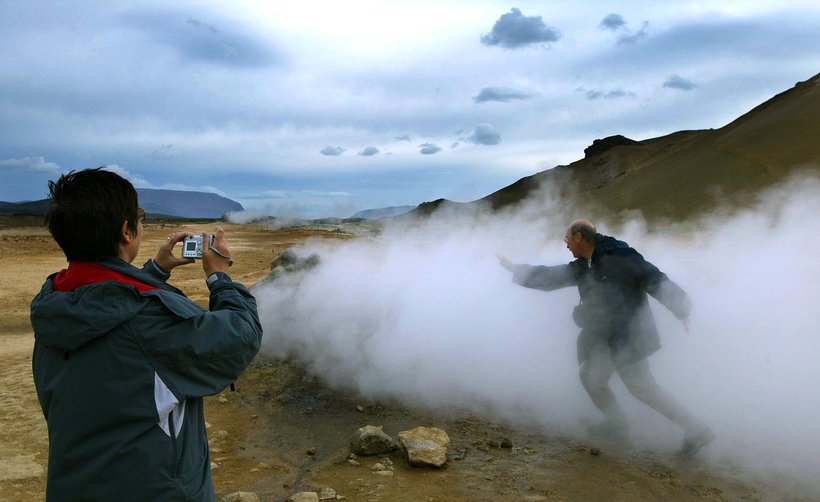

/frimg/1/57/93/1579337.jpg)
/frimg/1/57/94/1579405.jpg)




